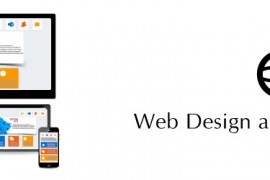The socio-economic aspect that drives most economies to the pinnacle of success has in recent times been played out on various online spaces. This has largely been due to the overwhelming positive response of global masses to social media networks that are internet based. Subsequently there has been an urgency to have a seamless integration between web based entities and social media. Executing this effectively comes with a unique set of challenges, and for it to be properly effected; a set of basic guidelines needs to be consulted.
It is quite fortunate that most social media networking platforms have made it relatively easy to integrate third party websites with their systems. Mostly, this is done with the use of plugins. These are small prices of code that are supplied by social networks and once inserted in web pages; they provide a sort of portal. Most of these plugins result in the appearance of social buttons e.g. Facebook like buttons, twitter follow buttons among others. Enabling users to log into social networks via your site is another good step in the integration. This will in turn make sharing content from your site more seamless.
Adding feeds from social media on your web pages is another excellent step. This will allow visitors to view on going activities and threads from their social circles. Plugins like FB Connect Comments and TweetMeMe also allow users to update their status or share tweets directly from your website. Platforms like Pnterest, LinkedIn, Instagram and Flikr also provide buttons that offer an enhanced level of interactivity to the web page. It is also important to have social media pages or fan pages for you website. This becomes quite useful especially when posting content on webpages since it allows you to simultaneously post the same on social pages and draw traffic to your site from the content.








